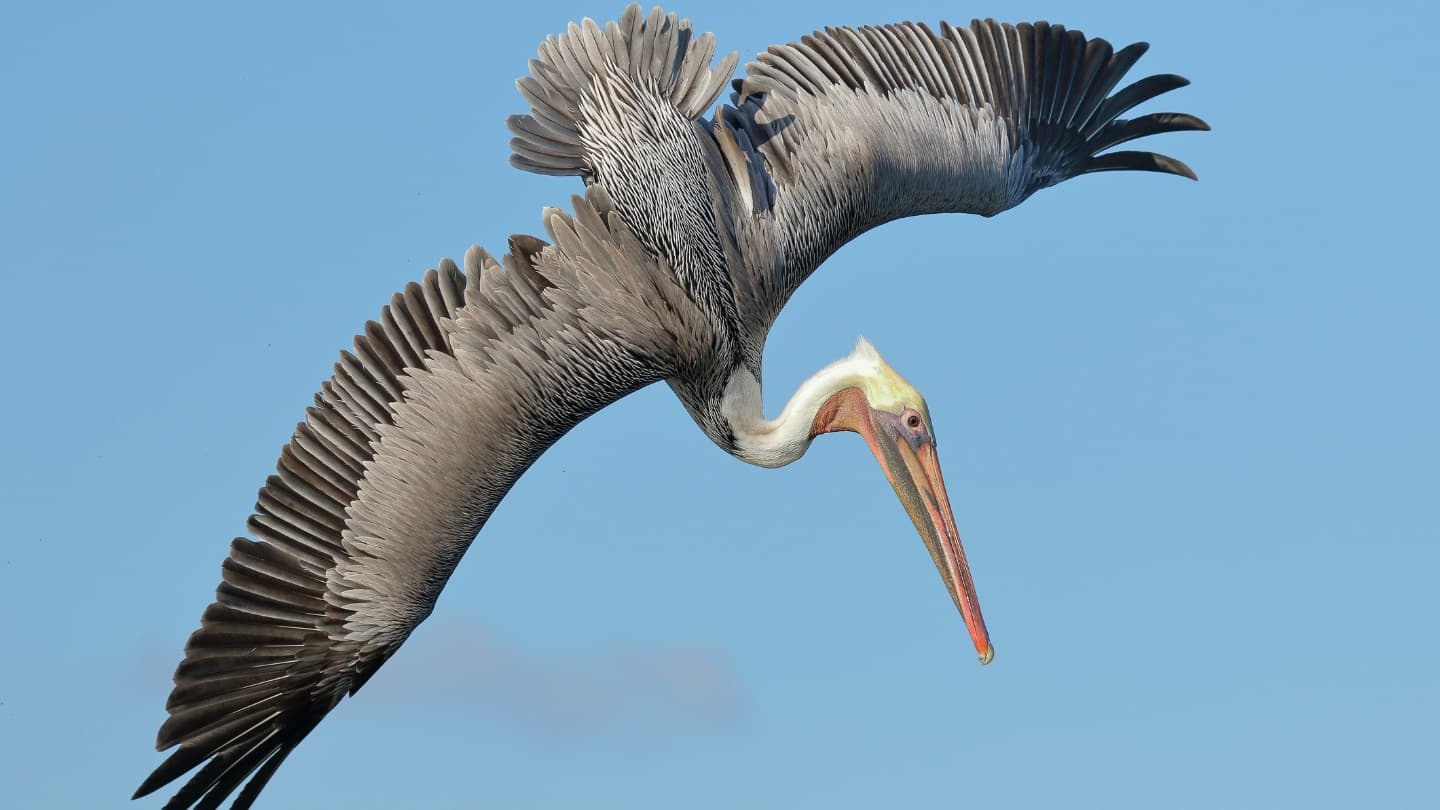Feather-inspired airplane flaps could boost flight performance

Rows of the flaps give a rob to airfoil rob, decrease lag and mitigate stall

The overlapping rows of covert feathers on this brown pelican’s wings will also be effectively-known by their light gray color. Imitations of these tufts also can abet give a rob to plane flight performance.
bmse/Second/Getty Photos
Airplane plumage is also the following colossal ingredient in aviation.
Hen wings are contoured with overlapping rows of feathery tufts, spreading out from shut to the shoulder. These “covert feathers” abet birds maneuver thru the air. They also can enhance the performance of plane, too. Lining plane wings with rows of light-weight flaps that mimic covert feathers can form higher rob, decrease lag and prevent stall, researchers listing October 28 in Proceedings of the Nationwide Academy of Sciences.
Many planes indulge in already bought flaps and spoilers on their wings. However unlike those parts, the bioinspired flaps would deploy passively when the wings meet oncoming airflow at a high angle, a scenario is known as a high angle of assault (SN: 1/12/24). “They’re now not controlled by some motor or some hydraulic actuator,” says engineer Aimy Wissa of Princeton University. What’s extra, “they’re all around the wings, now not appropriate within the lend a hand or front.”
In wind tunnel experiments, Wissa and her colleagues studied how extra than one rows of flaps affected the drift of air around airfoils. They chanced on that the flaps affected drift in two ideas. Flaps placed shut to the front of an airfoil helped remember the air flowing around it nearer to the fly, which helped give a rob to rob and decrease lag. Adding extra rows of flaps enhanced the attain.

They additionally chanced on that inserting in a single row of flaps shut to the rear of an airfoil blocked high stress air shut to the trailing edge from creeping in opposition to the fly front. That’s important because low stress in that region is wished to manufacture rob, Wissa says. Adding five rows of flaps to airfoils improved rob by up to forty five percent and reduced lag by 31 percent, Wissa’s team chanced on.
Subsequent assessments with distant-controlled plane additionally confirmed that the flaps mitigated stall, a phenomenon that entails a unexpected lack of rob at high angles of assault, rising the craft’s angle-of-assault vary by 9 percent. The flaps improved flight stability too, Wissa notes.
That increased vary is also especially purposeful while flying thru heavy gusts, or all over very immediate runway landings. Without the flaps, you couldn’t be in a region to soundly whole such maneuvers, Wissa says. “However now, that it is most likely you’ll.”
Extra Tales from Science Details on Tech

